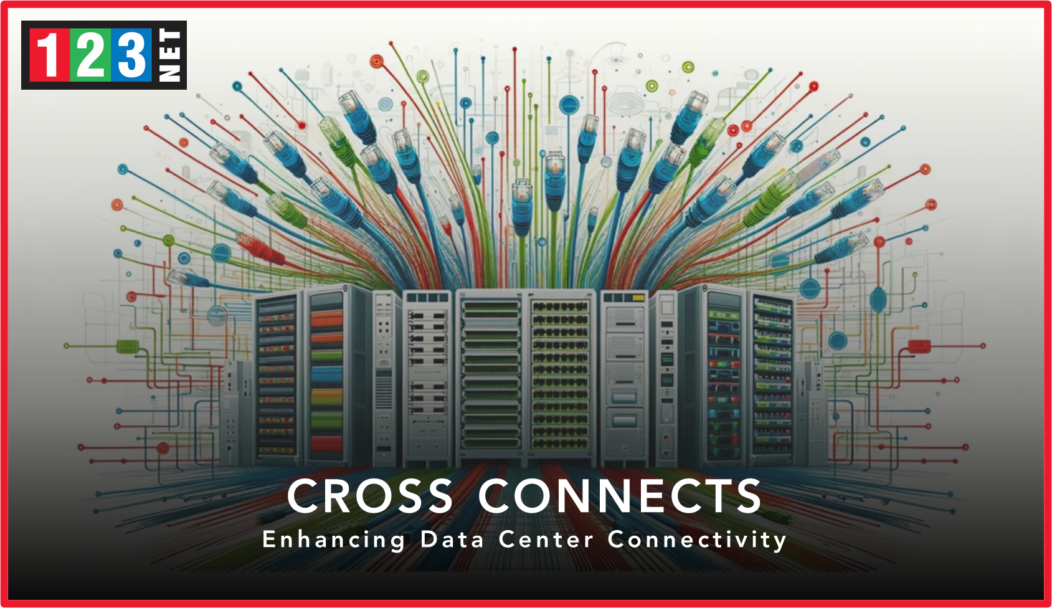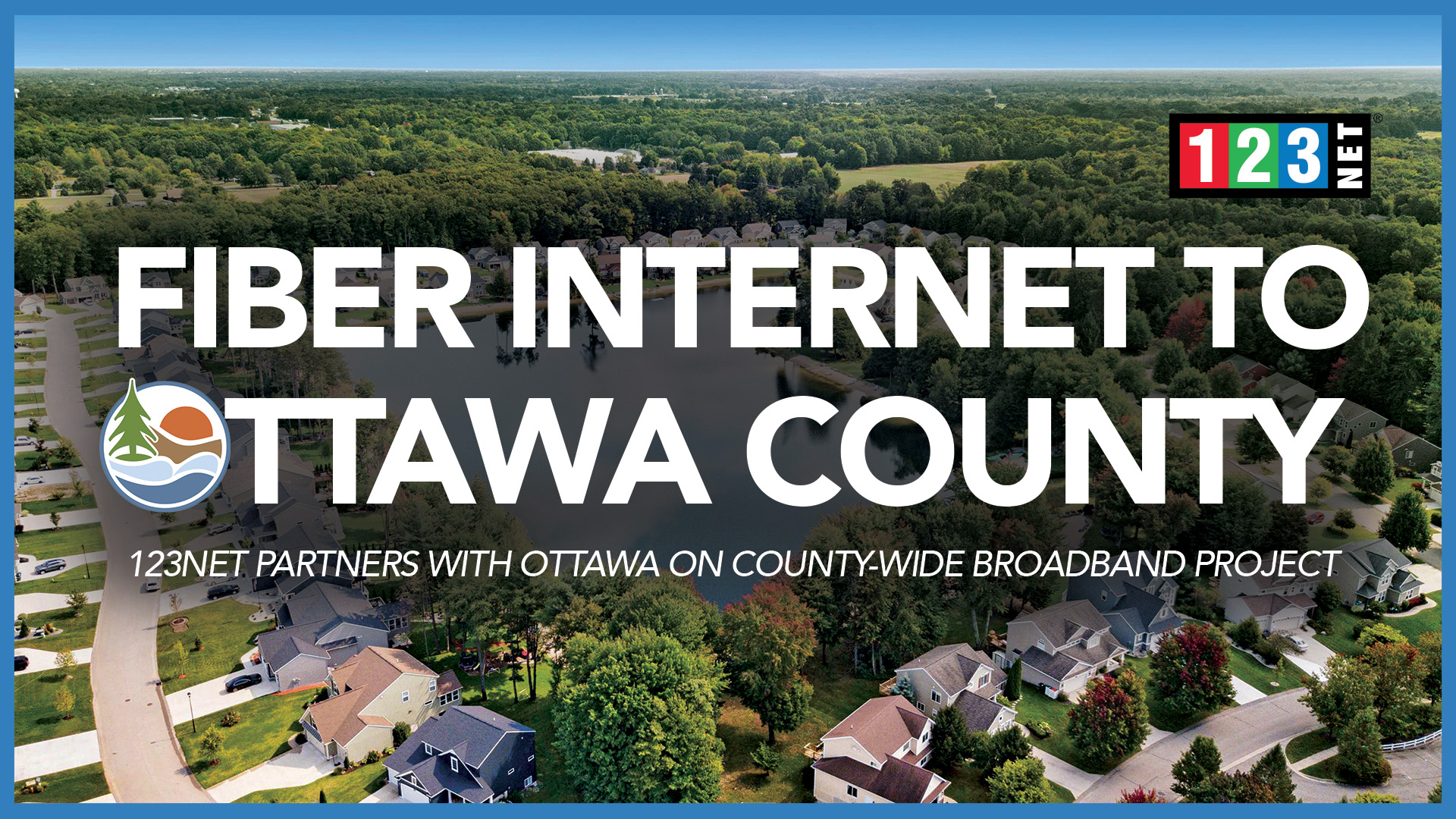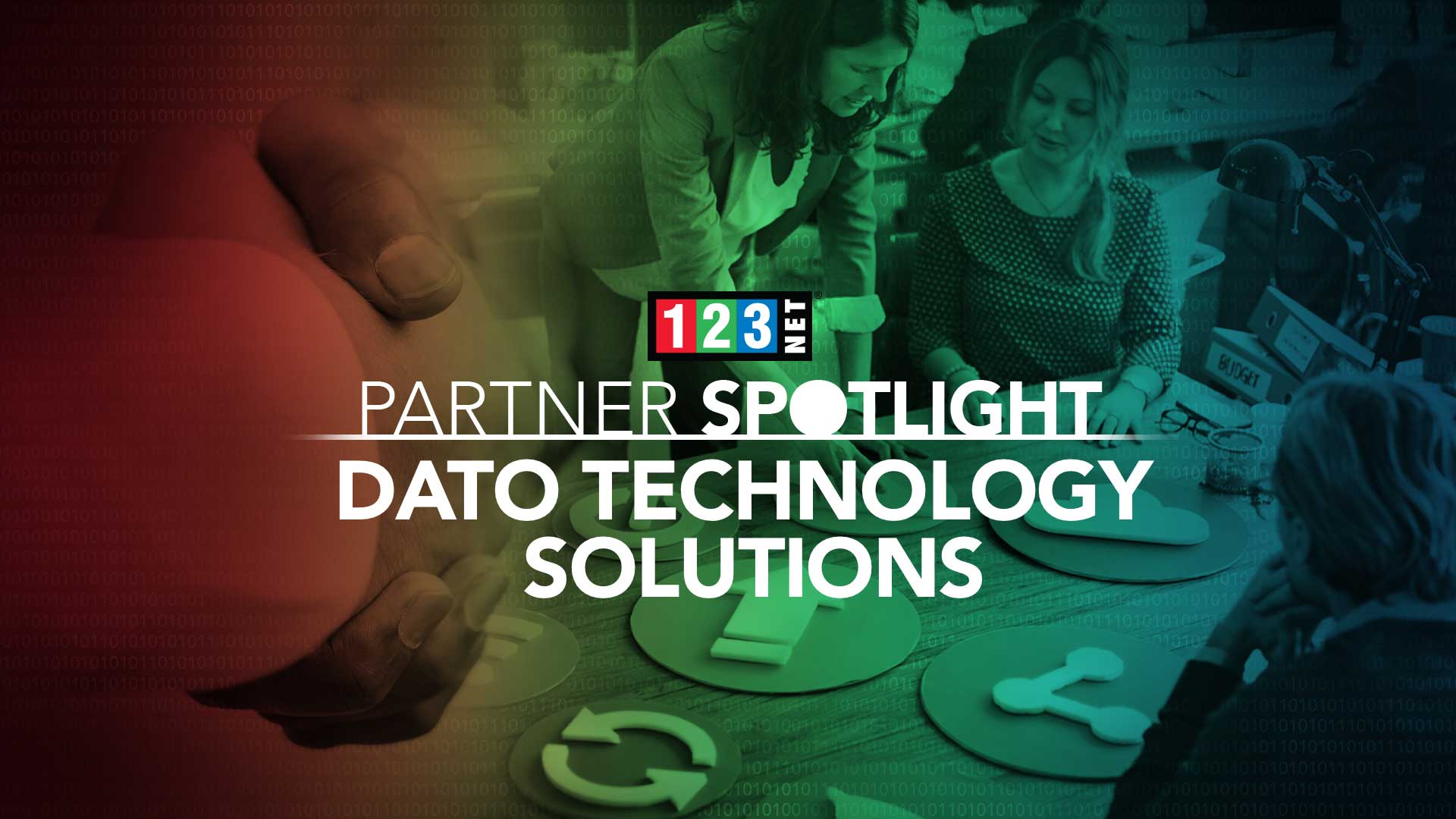
Introduction
Data center connectivity is pivotal in today’s IT and cloud services architecture, greatly affecting data transfer efficiency, reliability, and security. The choice of connectivity solutions within data centers goes beyond mere bandwidth considerations. It is requiring a nuanced understanding of an organization’s specific needs, including security and latency concerns. At the heart of these connectivity strategies lie cross connects. These essential components enable direct and secure connections between networks, servers, and various network assets. By facilitating these direct links, cross connects provide a customized solution to meet the unique requirements of different organizations. It is ensuring optimized performance and enhanced security in data center operations. This approach not only addresses immediate connectivity challenges but also lays a foundation for scalable and resilient network infrastructure.
Understanding Cross Connects
Definition and Basic Function
Cross connects are a fundamental component of data center connectivity. It is acting as physical cable links that establish direct connections between different network points within a facility. This technology serves as a bridge for data transfer between servers, network devices, or external networks. It is bypassing the need to route through the congested and less secure public internet. By enabling these direct connections, cross connects significantly enhance network security, reduce latency, and prevent the common issues. It is associated with public network congestion. Depending on the specific requirements for speed and bandwidth, cross connects can utilize a variety of cables. This is including fiber optic and Ethernet cables, each chosen for its ability to meet the demands of the data center’s operations.
Role in Private Networking
In the context of private networking, the role of cross connects becomes even more pronounced. They provide a secure and reliable means for fast data exchanges between an organization’s network assets. It is sidestepping the potential vulnerabilities and inefficiencies of public networks. This capability is particularly beneficial for projects and applications that are bandwidth-intensive. This is requiring high levels of data transfer speed and reliability. Cross connects services ensure that these needs are met with the highest efficiency. It is facilitating the delivery of data center services with superior performance and minimal risk of network bottlenecks.
Moreover, the strategic implementation of cross connects in a data center’s infrastructure supports the creation of a private networking environment that is both robust and flexible. It allows organizations to tailor their network connections to suit their specific requirements, promoting a scalable and resilient network framework. This adaptability is critical in today’s rapidly evolving digital landscape, where the ability to quickly adjust to new technologies and data demands can provide a competitive edge. By enhancing both the security and efficiency of data transfers, cross connects play a crucial role in the optimization of data center operations, ensuring that businesses can rely on their IT infrastructure to support their objectives and growth.
Cross Connects vs. Interconnects
Distinctions
Cross connects and interconnects are both essential in linking various network points, yet they differ significantly in scope, functionality, and their impact on a network’s architecture, security, and performance. Cross connects are characterized by their ability to create direct, physical connections within a single data center. This capability allows for a high degree of control and customization over the network, enabling precise management of data flows and security protocols. Such direct links facilitate the swift and secure transfer of data between servers, network devices, or external networks, all within the confines of a single facility.
Diagrams and Explanations
On the other hand, interconnects extend the concept of connectivity beyond the boundaries of a single data center, bridging network assets across multiple locations. Often, these connections are facilitated by third-party services, such as AWS Direct Connect, which offer dedicated, high-capacity links between different data centers or from data centers to cloud environments. The use of interconnects introduces a level of complexity and sophistication into the network’s design, as it incorporates virtual connections that can span vast geographical distances. These connections leverage technologies like direct fiber connections, capable of supporting high-speed data transmission across different sites, thus enhancing the network’s reach and flexibility.
Furthermore, the distinction between cross connects and interconnects is evident in their implementation. Cross connects involve a straightforward physical cable connection, offering a robust and reliable method for data transfer within a facility. In contrast, interconnects, through their more complex and expansive arrangements, enable the seamless integration of disparate network assets, irrespective of their physical location. This not only broadens the network’s operational horizon but also introduces new opportunities and challenges in maintaining network security, performance, and resilience across a distributed architecture. The choice between using cross connects and interconnects, therefore, becomes a strategic decision that influences the overall efficiency, security, and scalability of an organization’s network infrastructure.
Types of Cross Connects
Overview
Cross connects within data centers are pivotal for ensuring efficient, secure, and reliable network connectivity, catering to a diverse range of operational needs. They come in various types, each with distinct characteristics, advantages, and suitability for different applications. The most prevalent types include Single-Mode Fiber (SMF), Multi-Mode Fiber (MMF), and CAT5 Ethernet, each playing a crucial role in the network infrastructure.
Single-Mode Fiber (SMF) cross connects are renowned for their ability to facilitate long-distance, high-speed data transmissions. Characterized by a narrow diameter, SMF allows light to travel directly down the fiber, minimizing loss and enabling data to be transmitted over considerable distances without significant degradation. This makes SMF an excellent choice for data centers requiring robust, long-range connectivity.
Multi-Mode Fiber (MMF), on the other hand, features a wider core than SMF, allowing multiple modes of light to propagate through the fiber. This attribute makes MMF well-suited for shorter distance transmissions but with the advantage of higher bandwidth capabilities. MMF’s design supports more data volume, making it ideal for applications within the same data center or campus where high data throughput is essential.
CAT5 Ethernet, while being phased out in favor of more advanced cabling solutions for new installations, continues to play a role in certain network environments. It is particularly useful for specific data and voice connection needs within a data center, providing a cost-effective solution for less bandwidth-intensive applications.

Features and Benefits
Each type of cross connect offers unique benefits. Fiber optic cables (SMF and MMF) are notably resistant to electromagnetic interference, enhancing network security and data integrity. Their capacity to meet the demands of bandwidth-hungry applications surpasses that of traditional Ethernet cables. It is aligning with the needs of modern data centers that handle vast amounts of data. The choice between SMF, MMF, and CAT5 Ethernet cross connects depends on the specific requirements of the data center. This is including distance, bandwidth needs, and the sensitivity of transmitted data. This versatility ensures that data centers can tailor their connectivity infrastructure to maximize efficiency, reliability, and security. It can be supporting the ever-evolving landscape of digital communications and data management.
Importance of Cross Connects
Cross connects play an indispensable role in optimizing data center operations by significantly reducing network latency and boosting overall performance. They achieve this by providing direct connections between network points, thereby streamlining the path data travels. This streamlined approach not only enhances the speed and efficiency of data transfer but also improves the network’s reliability. By bypassing the public internet, cross connects eliminate potential delays and vulnerabilities associated with external networks. Additionally, the simplification of the network architecture through direct connections reduces complexity and minimizes the chances of data bottlenecks. This aspect of cross connects is particularly beneficial in maintaining consistent and reliable data flows. It is also essential for the seamless operation of data centers.
Cross Connect Benefits
Cross connects bring numerous benefits to data center environments, notably in security, performance, reliability, and operational convenience. By enabling direct, dedicated links between network endpoints, they significantly lower the risk of security breaches. That could arise from exposure to public internet traffic. This direct linkage ensures that data travels through a controlled, secure environment, effectively mitigating potential threats. Performance-wise, cross connects reduce latency, providing a swift and efficient data transfer mechanism that is crucial for time-sensitive applications. The reliability offered by these direct connections ensures consistent network performance. As well as free from the interruptions and congestion typical of public networks. Additionally, the ability to directly connect to carriers and ISPs simplifies network management. This is allowing for a more streamlined and efficient operational framework, which in turn facilitates easier access to network resources and services.
Choosing the Right Cross Connect Services
Choosing the right cross connect service significantly affects a data center’s network performance and reliability. Considerations include cabling type (fiber optic vs. Ethernet), data volumes, security, and the center’s layout. These factors determine the best cross connect solution, matching the center’s needs. Fiber optic is ideal for high-speed, large data transfers; Ethernet suits less intensive tasks. Security and physical setup guide the selection. It is ensuring the service meets connectivity demands and aids in achieving broader data center objectives. This approach ensures a durable, scalable, secure network infrastructure.
FAQs
- What is a cross connect, and why is it important? A: A cross connect is a direct physical cable link within a data center that enables private, secure, and efficient data transfer. Its importance lies in enhancing network performance, security, and reliability.
- How does cross connect services differ from an interconnect? A: Cross connects services are internal to a data center, offering direct links between network assets, whereas interconnects span different facilities, often requiring external services.
- What types of cross connects are available, and how do they differ? A: Common types include SMF, MMF, and CAT5 Ethernet, each with specific benefits related to distance, bandwidth, and application suitability.




